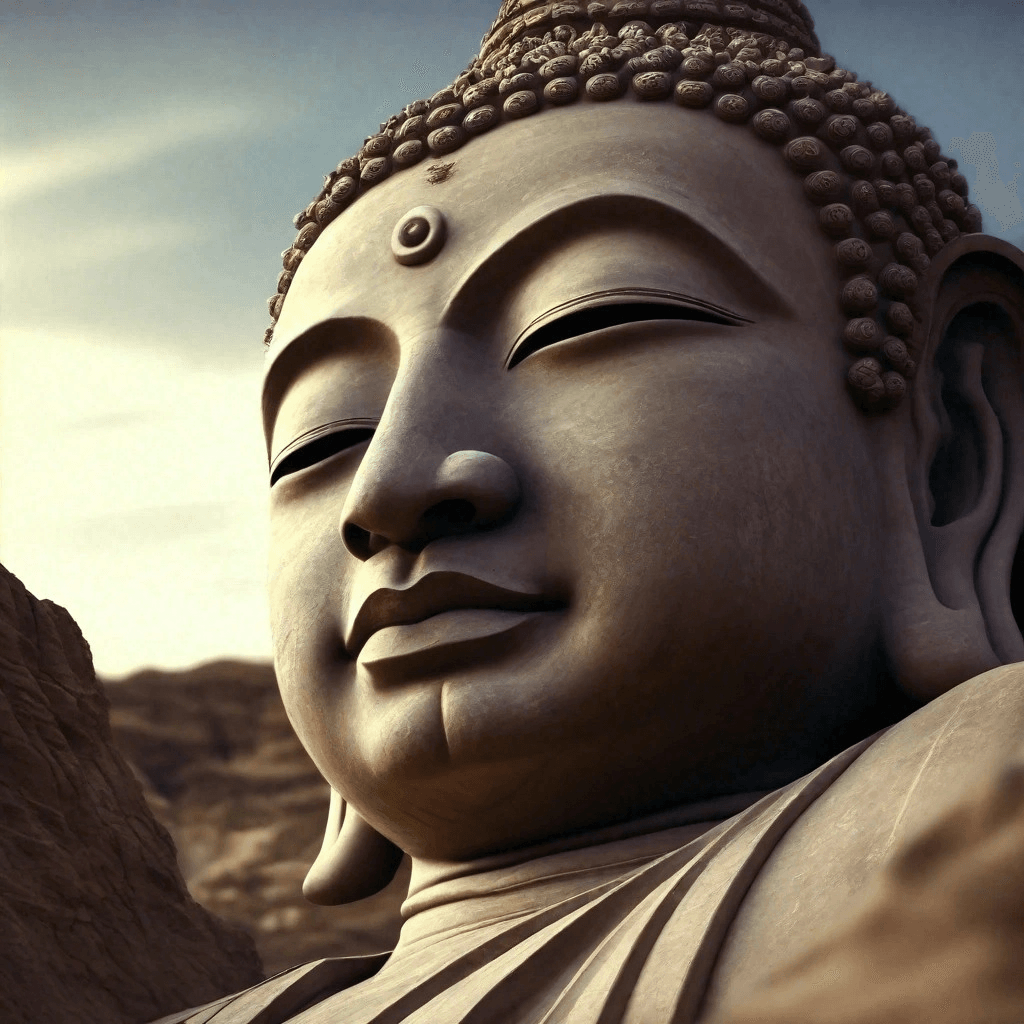
49. The Role of Gratitude in Yoga Practice
The Role of Gratitude in Yoga Practice
Gratitude is a powerful and transformative element within the yoga practice, enhancing both the physical and mental benefits of yoga. Embracing gratitude can deepen one’s yoga journey, fostering a greater sense of contentment, well-being, and connection. This guide explores the multifaceted role of gratitude in yoga practice, its benefits, and practical ways to incorporate it into your routine.
1. Understanding Gratitude
Definition and Concept:
– Gratitude: The quality of being thankful and showing appreciation for what one has, rather than focusing on what one lacks.
– Philosophical Roots: In many spiritual traditions, including yoga, gratitude is considered a key to unlocking a deeper understanding of life and oneself.
2. Benefits of Gratitude in Yoga
Mental and Emotional Well-being:
– Stress Reduction: Regularly practicing gratitude can lower stress levels by shifting focus from negative thoughts to positive aspects of life.
– Improved Mood: Cultivating gratitude is associated with increased levels of happiness and a more optimistic outlook on life.
– Emotional Resilience: Gratitude helps build emotional resilience, allowing practitioners to better cope with challenges and setbacks.
Physical Health:
– Enhanced Immunity: Studies have shown that grateful individuals may have stronger immune systems.
– Better Sleep: Practicing gratitude can improve sleep quality by promoting relaxation and reducing anxiety.
Spiritual Growth:
– Connection to Higher Self: Gratitude fosters a deeper connection to one’s higher self, enhancing the spiritual aspects of yoga practice.
– Sense of Abundance: By focusing on what one has, gratitude cultivates a sense of abundance and fulfillment.
3. Incorporating Gratitude into Yoga Practice
Pre-Practice Reflection:
– Setting an Intention: Begin your practice by setting an intention of gratitude. Reflect on something you are thankful for and carry this sentiment throughout your session.
– Gratitude Journal: Spend a few minutes before your practice writing down things you are grateful for. This can shift your mindset to a positive state before you begin.
During Practice:
– Mindful Movement: Focus on the sensations of your body as you move through poses. Appreciate the strength, flexibility, and capability of your body.
– Breath Awareness: With each breath, acknowledge and give thanks for the life force that sustains you. Use your breath as a tool to deepen your sense of gratitude.
– Heart-Opening Poses: Incorporate heart-opening poses such as Camel Pose (Ustrasana), Bridge Pose (Setu Bandhasana), and Cobra Pose (Bhujangasana) to physically manifest the opening of your heart to gratitude.
Post-Practice Reflection:
– Savasana (Corpse Pose): In the final relaxation pose, Savasana, focus on the feelings of gratitude for the time and space you had to practice. Reflect on the benefits you received from your session.
– Closing Mantra: End your practice with a mantra or affirmation of gratitude. Simple phrases like “Thank you” or “I am grateful” can reinforce this positive mindset.
4. Integrating Gratitude into Daily Life
Mindfulness Practices:
– Daily Gratitude List: Write down three things you are grateful for each day. This simple practice can significantly boost your mood and outlook over time.
– Mindful Appreciation: Throughout your day, take moments to mindfully appreciate the beauty around you, whether it’s nature, a kind gesture, or a delicious meal.
Relationships:
– Expressing Thanks: Regularly express gratitude to others. This not only strengthens relationships but also reinforces your own sense of gratitude.
– Active Listening: Show appreciation in conversations by being fully present and engaged, demonstrating that you value the other person’s time and thoughts.
Self-Compassion:
– Gratitude for Self: Acknowledge and appreciate your own efforts, progress, and qualities. Practice self-compassion and thank yourself for your dedication and growth.
5. Challenges and Overcoming Them
Consistency:
– Routine Development: Like any habit, cultivating gratitude requires consistency. Integrate gratitude practices into your daily routine to ensure they become a regular part of your life.
– Reminder Tools: Use tools such as reminders on your phone or sticky notes to keep gratitude at the forefront of your mind.
Authenticity:
– Genuine Practice: Ensure your gratitude practice is genuine. It’s important to truly feel thankful rather than simply going through the motions.
Conclusion
Gratitude plays a vital role in yoga practice, enriching the experience and amplifying the benefits on multiple levels. By integrating gratitude into your yoga routine, you can cultivate a deeper sense of contentment, enhance your emotional and physical well-being, and foster spiritual growth. Embrace gratitude as a core component of your yoga practice and daily life to unlock its transformative power and achieve a more balanced, joyful existence.



